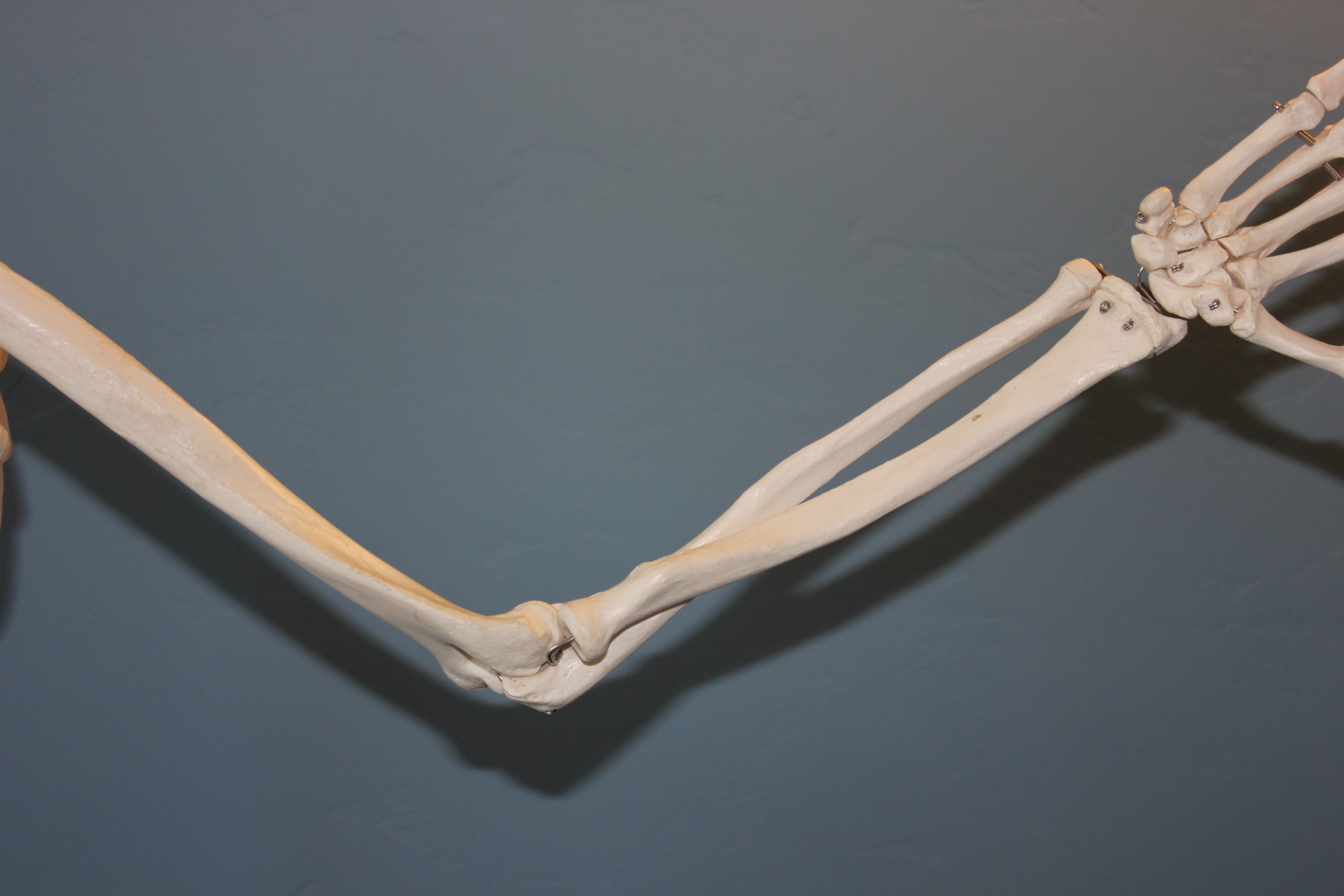By Russell Edson, The University of Adelaide
When cartilage is damaged – by injury, genetic disorders, or diseases like Osteoarthritis – the results can be physically debilitating. Currently the treatment of cartilage-related injuries is expensive and there are very few options available for this treatment; a fact that the Osteoarthritis Research Society International (OARSI) attributes to our limited understanding of cartilage biomechanics.
To address this issue, a novel polyelectrolyte gel-swelling mathematical model is being developed, initiated by Dr. Sarthok Sircar. The gel model works to capture the unique characteristics of cartilage, and allows for the easy exploration of factors that affect the healthy functioning of cartilage tissue (Sircar et al. 2015). The focus of my research project, under the supervision of Dr. Sircar, was to use the mathematical model to analyse the effects of an ionic environment (hydrogen, calcium and sodium ions in various concentrations) on the swelling and de-swelling activities of the gel at equilibrium.
The research project explored how the gel swelling in the mathematical model was affected by: (1) the calcium ion cross-linking in the cartilage polymer network, (2) the presence of sodium (monovalent) vs. calcium (divalent) ions in the cartilage environment, and (3) the binding affinity of the calcium ions. For each case the concentration of the ions and the acidity of the environment were varied in the simulations, and the resulting swelling or de-swelling behaviour was investigated.
Simulation of the gel model found that increasing the concentration of the ions in the environment generally led to de-swelling of the gel. There was significant de-swelling for the cases of divalent calcium ions present in the environment and calcium cross-linking in the polymer network, particularly when compared to the cases with sodium ions or when the cross-linking did not have a strong effect on the potentials. It was observed that a higher binding affinity for the calcium ions led to more de-swelling. Further, for each of the cases simulated it was found that a higher level of acidity in the cartilage environment lowered the swelling pressure of the gel and yielded a more gradual de-swelling transition.
Further research with the polyelectrolyte gel-swelling model will investigate calibration of the model to account for the effects of applied mechanical loading and growth factors on the swelling and de-swelling behaviour of the cartilage gel. This research will yield a greater understanding of cartilage biomechanics and provide insight useful for the treatment of cartilage-related diseases and artificial cartilage tissue engineering.
References and Further Reading:
Sircar, S., Aisenbrey, E. & Bryant, S., 2015, ‘Determining equilibrium osmolarity in Poly(ethylene glycol)/Chondrotin Sulfate gels mimicking articular cartilage’, J. Theo. Biol., vol. 364, pp. 397-406.
Sircar, S., Keener, J. P. & Fogelson, A., 2013, ‘The effect of divalent vs. monovalent ions on the swelling of Mucin-like polyelectrolyte gels: governing equations and equilibrium analysis’, J. Chem. Phys., vol. 138, 014901.
Russell Edson was one of the recipients of a 2015/16 AMSI Vacation Research Scholarship.

